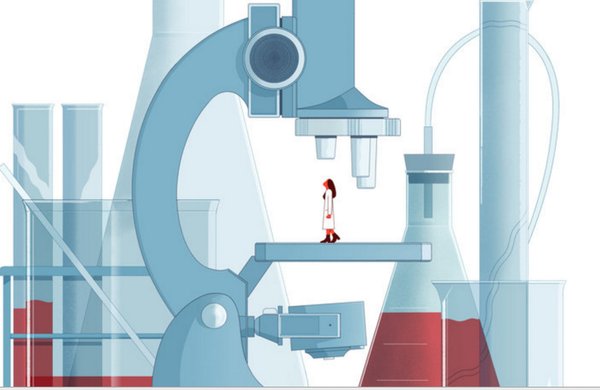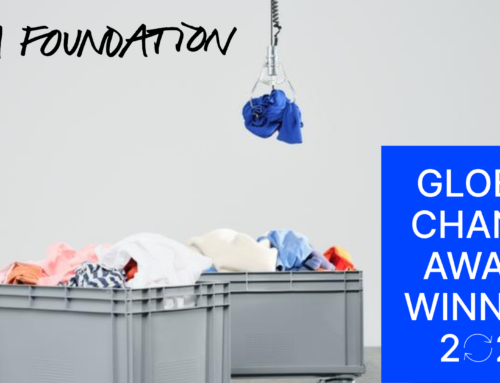The NY Times recently published an article about a great opportunity emerging in the field of health technology that could give women entrepreneurs and engineers an advantage, based on their gender. The market-place is female specific, and may cause some men to run in the opposite direction. What we’re talking about here is technology for periods. Harvard engineer Ridhi Tariyal and her partner Stephen Gire patented a process which utilizes menstrual blood for health screenings. She contributes to a market that for decades has been, you guessed it– dominated by men.
Based on the analysis of over 200 tampon patents three out of four are held by men. And an overall survey of patents nationwide reveal more than 92 % are held by men. This isn’t surprising considering barriers that have historically inhibited female inventors.
Take Sybilla Masters, one of the first female inventors, who engineered the first corn grinding machine in the 1700’s. She was prevented from registering her patent because of laws prohibiting women from owning property. Thus, she had to file the patent under her husband’s name, and the rights to her idea were owned by him.
Tariyal stated, “there are many unexplored possibilities in women’s-health technology because for so long, women have not had the power to push forward their ideas. And this problem isn’t just restricted to women’s health.”
Today we are presented with a glowing opportunity not only for women engineers in markets that design and invent products for women, but also for women investors to leverage their power in getting these products and ideas to market.
Tariyal recounts countless disappointing meetings with overwhelmingly male VCs that were uncomfortable or just thought they were joking with a pitch based on the potential of menstrual blood. She and her partner grew weary of the constant rejection, not to mention some rather shocking responses.
“How do we re-envision this as a product to measure testosterone for men,” one VC asked. And, “why don’t we develop a machine that a man could use to covertly test the health of his sexual partners, because women are liars who spread venereal diseases.”
However, by 2015 finally they caught a break with a company that makes gene sequencing equipment. Her technology can now be used to screen for different forms of cancer in women using the uterine cells from tampons. She attributes some major breaks in her start-up, NextGen Jane, to the help of female contributors that saw promise in her idea. The NY Times writer underscores the power of female networks to transform the way technology is developed.
Ms. Tariyal witnessed firsthand this power, and attests to the limitations a lop-sided vetting process has on women inventors and patent seekers. She speaks passionately to the disadvantage these limitations present and how they shape the funding of new technology.
“A small coterie of people are determining what our future looks like.” If our inventors and funders are homogeneous, Ms. Tariyal pointed out, then “our future is going to look homogeneous.”
True Wealth Ventures could not agree more with the opportunity to spark more innovation by shaking things up, gender-wise, on both the investor and inventor side of the equation.






